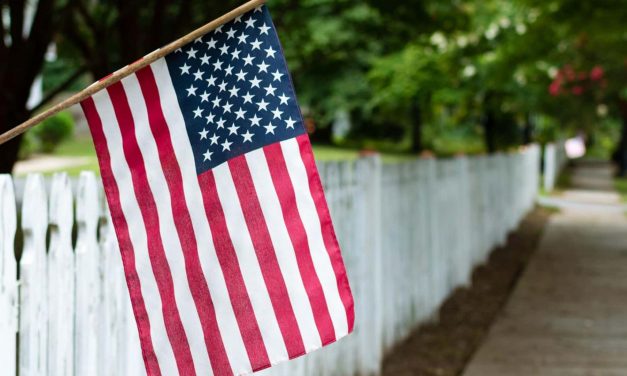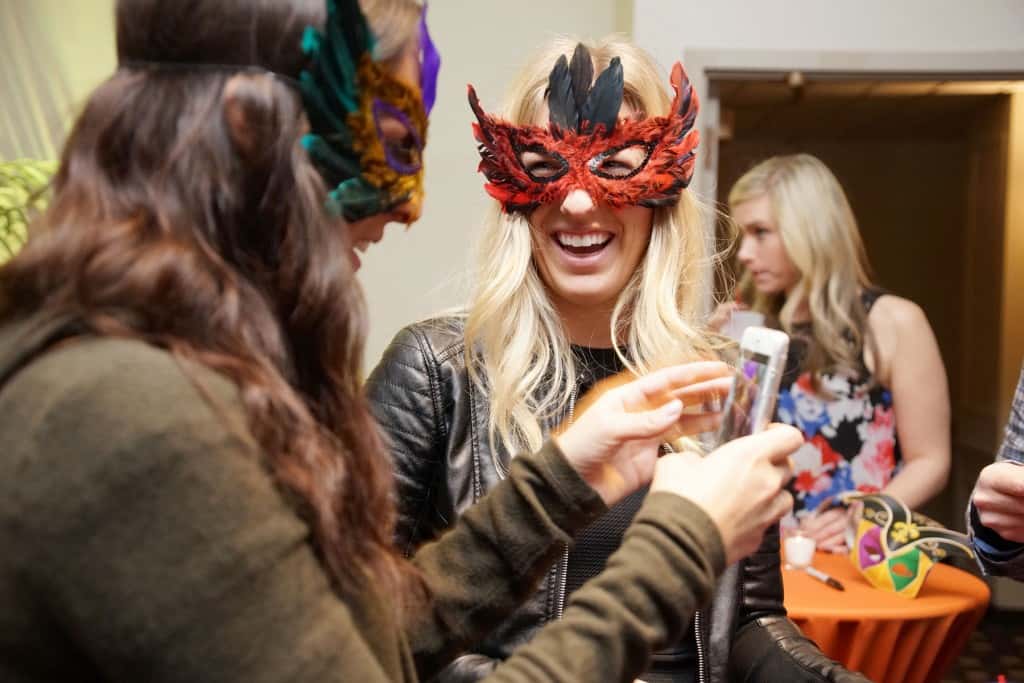War Games: What it means to threaten a diverse cultural and architectural heritage
By Kishwar Rizvi, Professor in the History of Art Islamic Art and Architecture, Yale University President Donald Trump warned the Islamic Republic of Iran in a tweet on January 4 that the U.S. would target Iranian cultural sites, if provoked. His threat followed the United States’ killing of Maj. Gen. Qassem Soleimani, head of the Quds Force, the foreign branch of the Iranian Revolutionary Guard Corps, which set off fears of retaliation. The Iranian government vowed to avenge his death, followed by missile strikes on U.S. bases in Iraq on Jan. 7. Trump’s angry tweet, which was immediately condemned...
Read More















